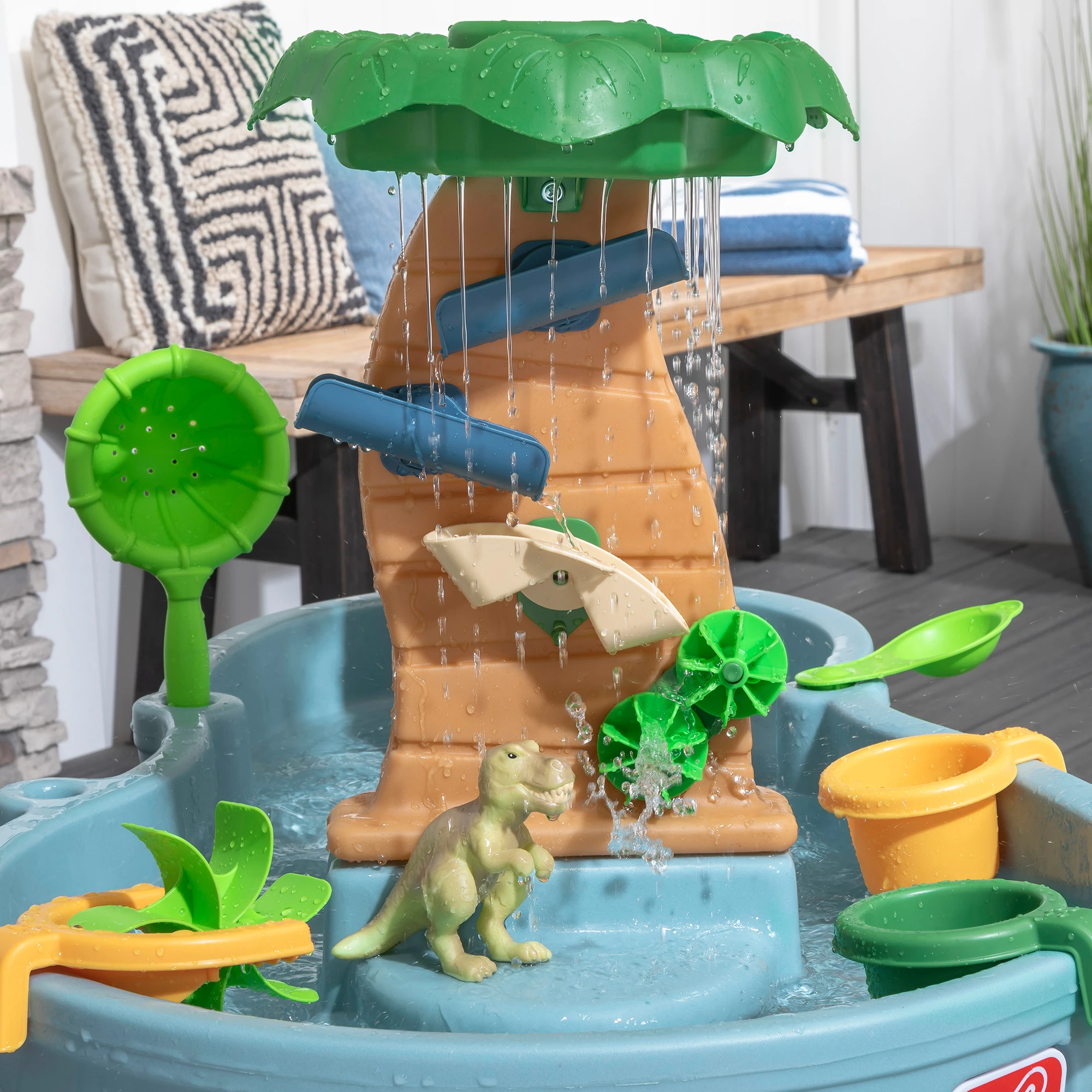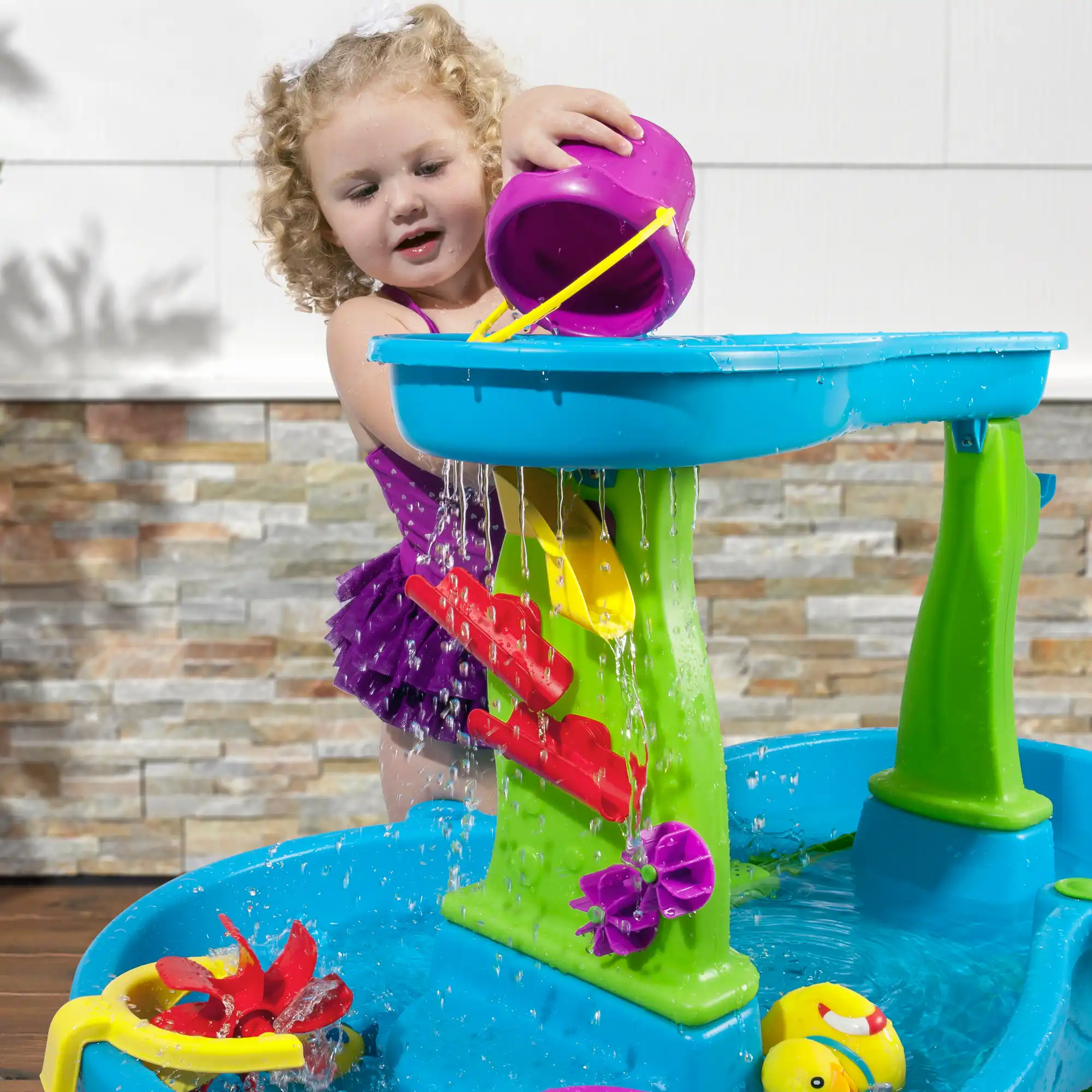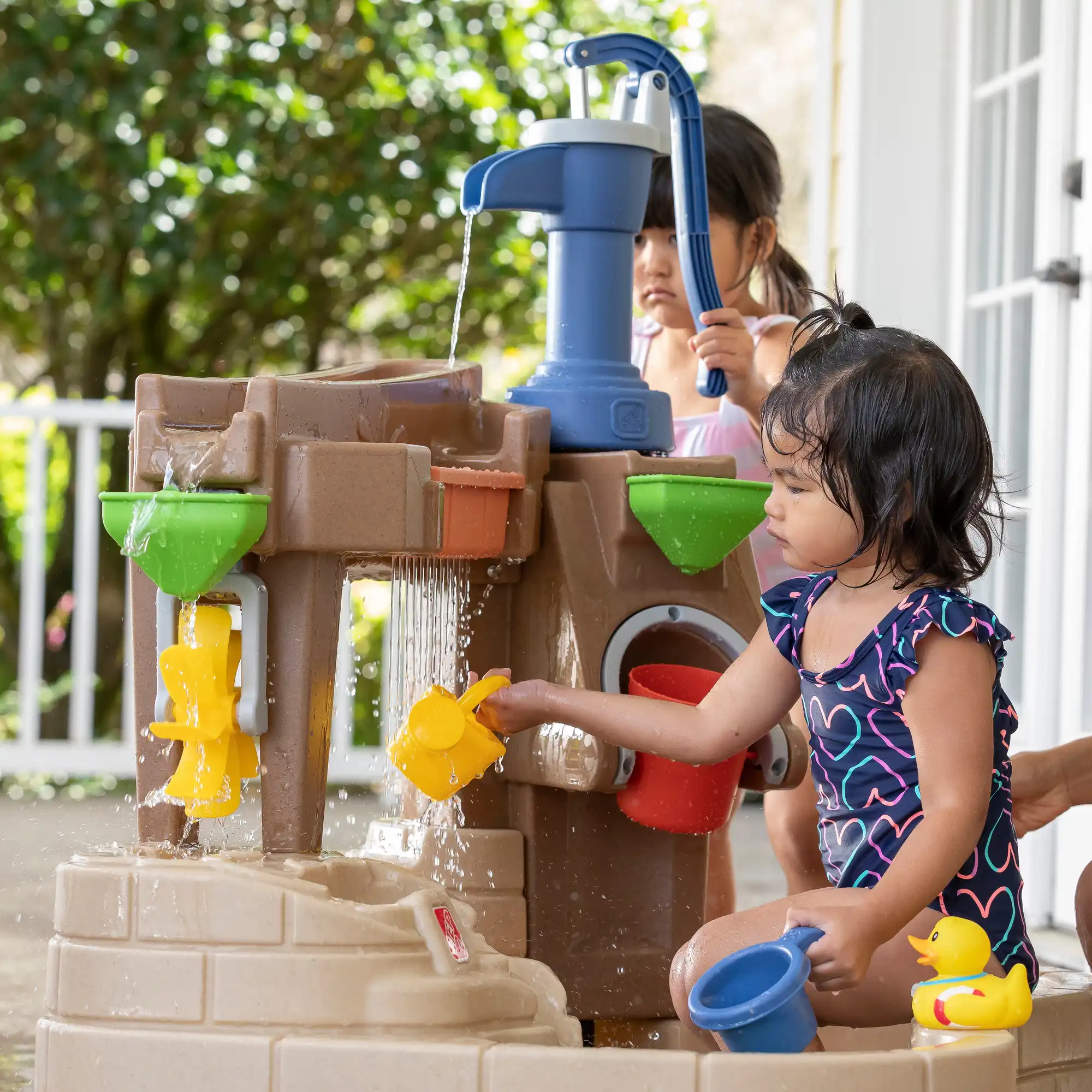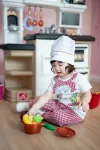How Does a Water Table for Toddlers Boost STEM Learning?

A water table for toddlers is a fantastic tool to encourage hands-on play while supporting early childhood development. Toddlers love to splash, pour, and explore, and this type of sensory play helps build important skills that will benefit them for years to come.
Water play is a fun way to introduce children to early STEM concepts (science, technology, engineering, and math). Each time they pour water through a funnel, experiment with floating and sinking, or watch ripples form, they engage in natural problem-solving and observation. These small discoveries help lay the foundation for future learning while keeping playtime fun and engaging.
How Does a Water Table Foster STEM Skills in Toddlers?
STEM education begins long before a child enters school. Hands-on exploration allows little ones to develop important skills in a way that feels natural. A water table for toddlers provides countless opportunities to introduce basic STEM concepts through interactive play:
Encouraging Scientific Thinking
Toddlers are naturally curious and love experimenting. When they play with water, they naturally test ideas and observe changes. They might notice how water flows faster or slower depending on where they pour it, or how objects of different shapes and sizes react when dropped in. Simple actions like splashing, swirling, and dumping water provide opportunities to make predictions and explore cause-and-effect relationships. Concepts like gravity, buoyancy, and water displacement become part of their understanding as they play. These early science experiments set the stage for critical thinking and future learning.
Introducing Basic Math Skills
A water table provides a simple and engaging way for toddlers to explore early math concepts. Through activities like filling and emptying cups, comparing water levels, and estimating how much liquid fits in a container, toddlers begin to understand measurement, volume, and quantity. Counting scoops of water, identifying which container holds more or less, and recognizing full and empty are all early math skills that become second nature through repeated play. These early experiences work towards building confidence with numbers and spatial awareness.
Building Engineering Curiosity
Many water tables for toddlers include interactive features like ramps, water wheels, and movable parts. These elements encourage children to experiment with water flow and explore how different structures influence movement. By rearranging parts and testing different setups, toddlers begin to think like engineers. Special features like the crank on the STEM Discovery Ball Table or the center ball chute on the Busy Ball Play Table encourage hours of hands-on experimentation that boosts creativity, logical thinking, and problem-solving.

What Are the Benefits of Sensory Play with a Water Table?
A water table for toddlers creates an exciting, hands-on environment that stimulates learning and development. Engaging multiple senses through water play helps strengthen neural connections in the brain, fostering cognitive growth and problem-solving abilities. Additionally, these interactive experiences encourage toddlers to work together, enhancing social interaction and communication skills in a playful setting.
Boosts Cognitive Development
Engaging in sensory play strengthens brain connections, improving memory, focus, and reasoning skills. Water play encourages children to explore, predict outcomes, and test their ideas.
Promotes Social Skills
Sharing, taking turns, and working together all come into play when multiple children interact with a water table. These moments help toddlers develop teamwork and communication skills. All Step2 water tables are just the right size for multiple kids to play together, many with full 360-degree play options.
Develops Fine Motor Skills
Pouring, grasping, and scooping help refine hand-eye coordination and strengthen the small muscles needed for future tasks like writing, using utensils, and buttoning clothing.
Encourages Emotional Regulation
Water play can have a calming effect, helping toddlers manage frustration and build patience. The soothing nature of flowing water provides an opportunity for children to explore and experiment at their own pace.

What Should You Look for in a Water Table for Toddlers?
Choosing the right water table can make a big difference in how your child interacts with it. Here are a few key factors to consider:
Age-Appropriate Design
The height and size of the water table should allow toddlers to reach comfortably. Sturdy construction and smooth edges ensure safe play, while weather-resistant materials help maintain durability.
Interactive Features
Look for a water table for toddlers with engaging elements, like the water pump feature on the Pump & Splash Discovery Pond, spinning wheels on the Summer Shower Splash Tower Water Table, or interchangeable put and place maze walls like the Waterfall Discovery Wall. These features encourage exploration and keep toddlers entertained while supporting hands-on learning.
Easy Maintenance
A water table should be easy to drain, clean, and store. Features like removable parts and a simple drainage system make cleanup quick and hassle-free.

How to Maximize the Learning Potential of a Water Table
A water table for toddlers naturally inspires exploration, but a few simple additions can enhance learning even further.
Incorporate Themed Play
Adding themed toys to the water table can introduce new ideas. Floating toy boats help children understand movement on water, plastic animals encourage discussions about marine life, and measuring cups allow for pretend experiments.
Ask Open-Ended Questions
Encouraging toddlers to think critically about their play makes learning more meaningful. Asking questions like, What do you think will happen if we pour water faster? or Can you make the water move in a different direction? helps children think creatively and explore new ideas.
Rotate Accessories
Introducing different tools and objects keeps playtime exciting. Adding sponges, spoons, or different-sized containers encourages children to experiment with textures and movement, deepening their understanding of water and how it behaves.
Why a Water Table is a Must-Have for Toddlers
A water table for toddlers is a valuable tool for both fun and learning. It encourages STEM exploration, helps children develop important motor and social skills, and supports cognitive growth. Whether they are scooping, pouring, or experimenting with water flow, toddlers benefit in countless ways from this type of interactive play.
For parents looking to inspire creativity and hands-on learning, a water table is a great addition to any play space. Explore our selection of water tables today and bring home the joy of learning through play!


